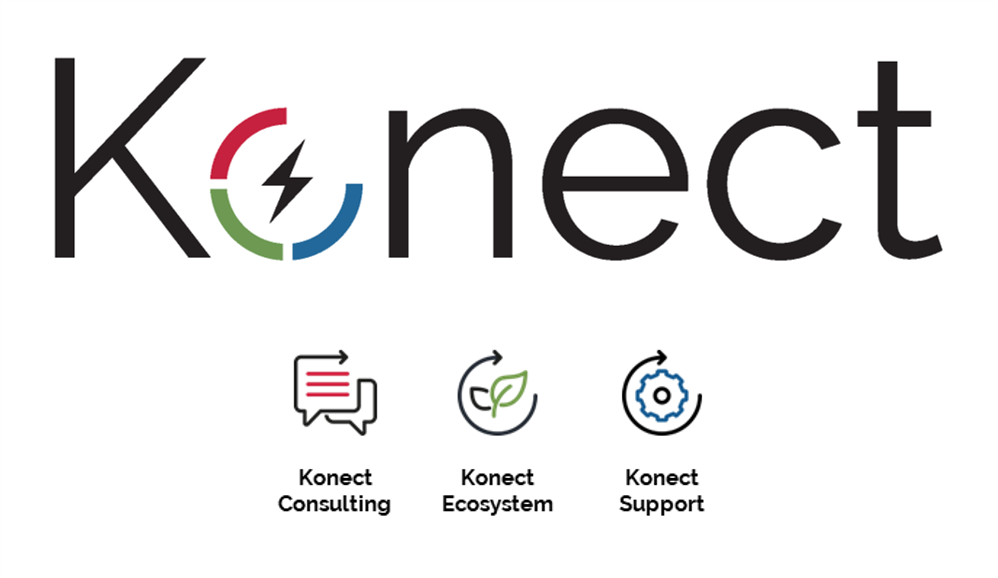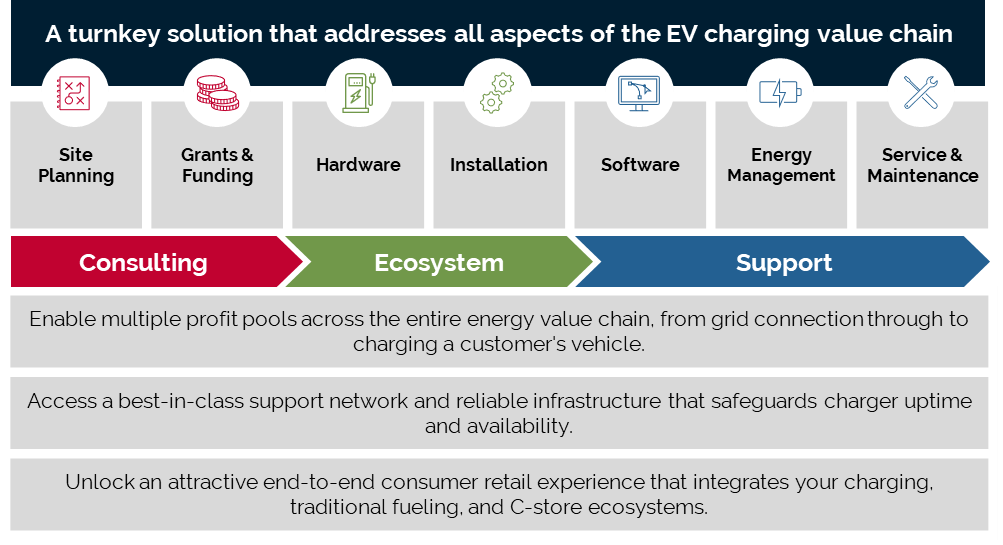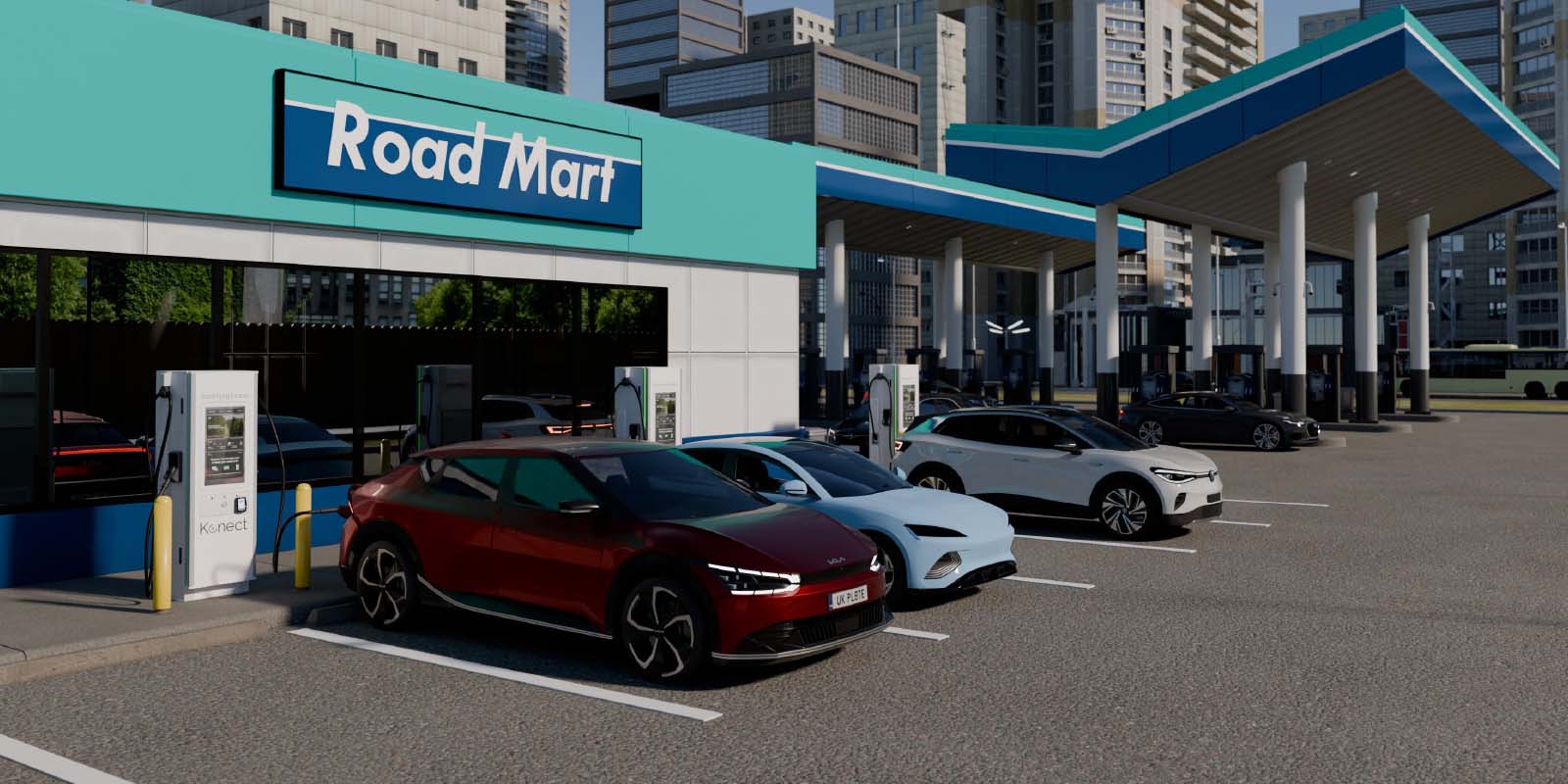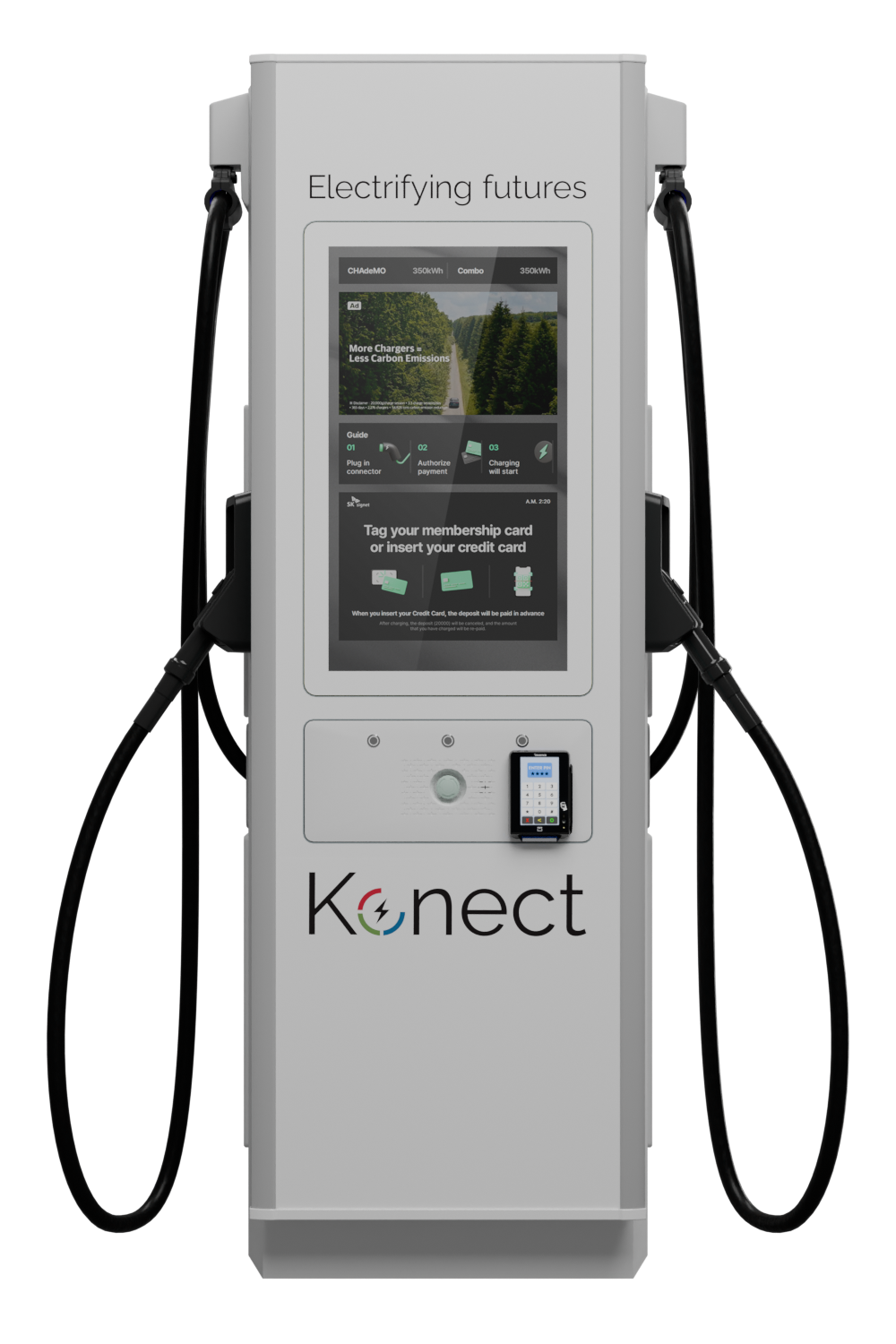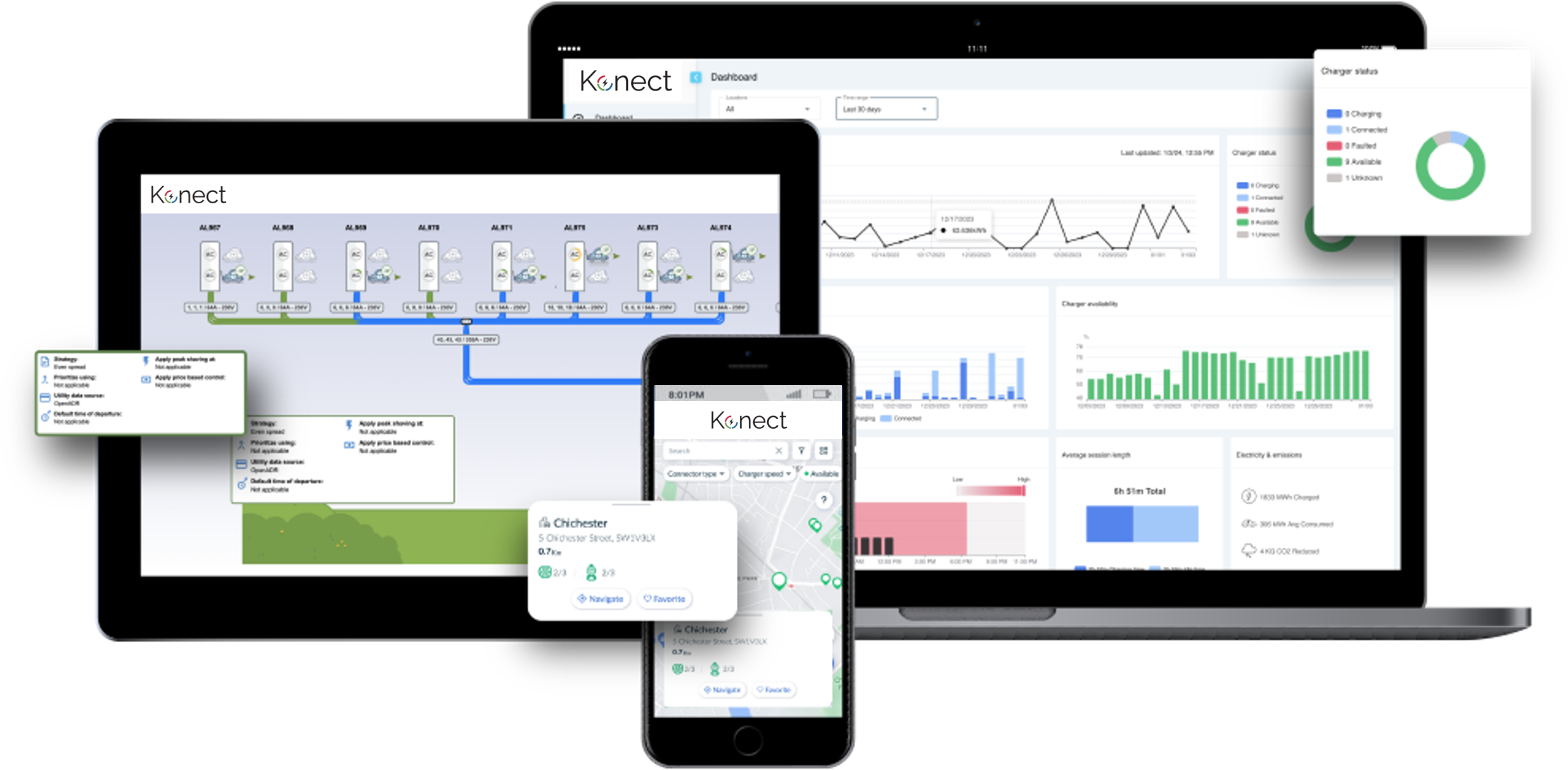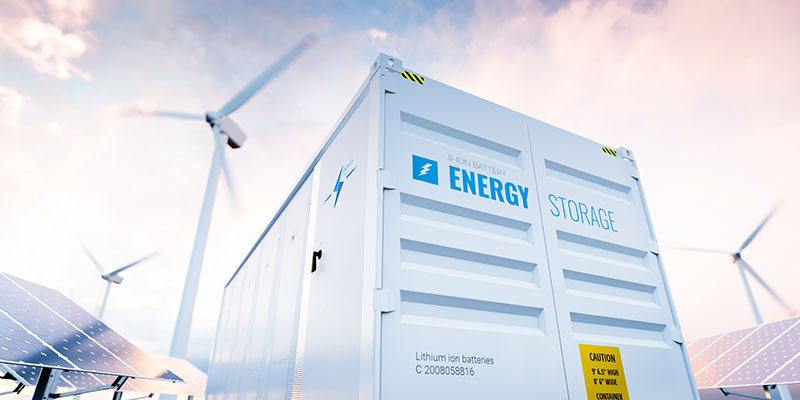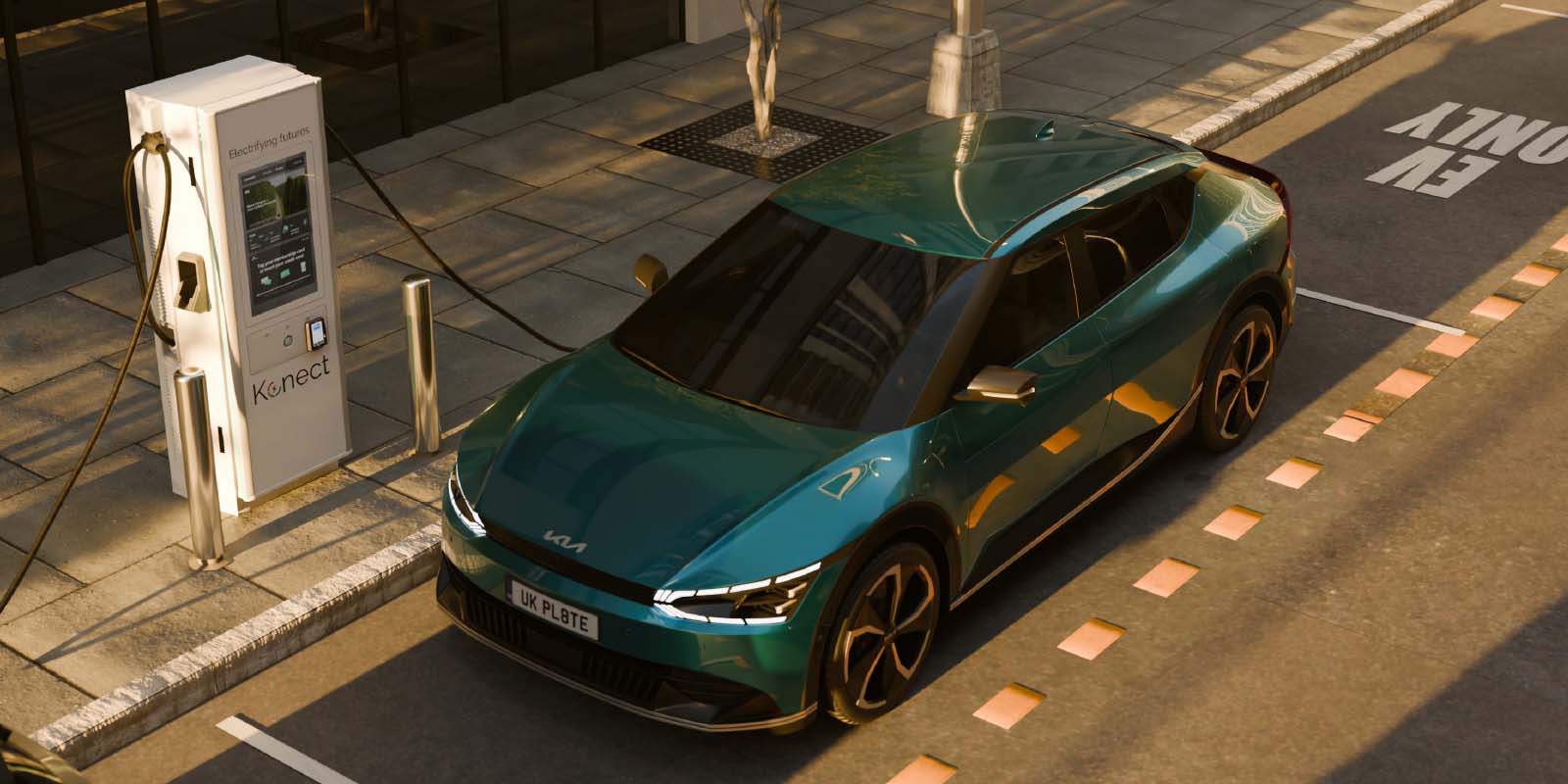The ultimate turnkey EV charging solution
We created Konect with a simple goal – to do charging better. Konect offers a turnkey electric vehicle (EV) charging infrastructure ecosystem, enabling seamless integration with existing fueling, payment, and service offerings. Our end-to-end EV charging ecosystem makes it easy for drivers to stay mobile and effortless for charge point operators (CPOs) to focus on their core operations.
We understand the challenges of managing a mixed-fuel environment. At Konect, we guide CPO through every step of the e-mobility adoption process by offering tailored solutions for site planning, funding, hardware and software installation, as well as infrastructure management support, service, and maintenance.
With Konect, the journey doesn't end at the charger. We enable CPOs to:
1
Effortlessly enable multiple profit pools across the entire energy value chain, from energy source through to energy delivery.
2
Access a best-in-class support network and reliable infrastructure that safeguards charger uptime and availability.
3
Unlock an attractive end-to-end consumer retail experience that integrates your charging, traditional fueling, and C-store ecosystems.
Switch on a connected user experience
We've meticulously crafted a seamless, connected, and positive user experience catering to the primary user groups for EV charging:
Retailers benefit from our solution as an extension of their forecourt, providing a vertically integrated end-to-end charging solution tailored explicitly to support fuel retailers. It represents the natural evolution of a tech-enabled retail experience, opening doors to new business models. With our solution, retailers can reclaim their land, foster customer loyalty, and deliver a profitable charging service. For EV drivers (our consumers), we provide integration with roaming networks, market - leading charger uptime and reliability, hassle-free payment processes, and rapid charging services.
Konect empowers fuel retailers and fleet operators to introduce reliable, profitable charging for a fast-growing market. It’s a unique single-supplier solution that supports you at every step of the journey, allowing you to focus on your core businesses.
Download BrochureLeverage site selection tools and dedicated funding support
Konect Consulting helps you to select the best locations, equipment, grants, and funding options. It also includes options for on-site battery storage for energy management solutions like peak shaving and feeding energy back into the grid.
By leveraging AI-driven site selection tools and dedicated funding support, we ensure you are confident in entering the EV space, meeting site and network-level ROI goals, and driving down upfront costs.
- Site Selection: Assists customers in selecting optimal locations, equipment, grants, and funding options.
- Site Design: Facilitates comprehensive assessments for efficient resource utilization.
- Funding Support: Enables clients to make informed decisions for sustainable and cost-effective operations.
Market-leading, ultra-fast EV chargers that simplifies payment.
Our EV chargers, tailored for convenience stores, are engineered for enhanced reliability, resulting in increased operational uptime and improved user satisfaction, thereby positively influencing both revenue and expenses for fuel retailers.
The integration of the Invenco by GVR payment ecosystem into our chargers allows CPOs to leverage their existing site architecture across traditional fueling and eMobility, to unlock the benefits of loyalty programs, and existing POS integrations to drive a closer connection with your consumers.
- Jointly developed EV charger with state-of-the-art technology.
- Tailored to support fuel retailers' needs.
- GVR contributes payment, media, and loyalty tech, while SK Signet provides DC charger expertise.
- GVR’s contributions act as the anchor that ties the entire EV ecosystem into the existing fuel retail landscape.
Download Specifications
CPO-as-a-Service – A managed software service that works.
Utilize our fuel industry experience to help you deliver a seamless EV solution. Konect Support offers a CPO-as-a-Service smart cloud software suite that supports you in launching, scaling, and optimizing your EV charging business.
Backed by all the tools you need to build EV charging into your business, it greatly reduces the costs of becoming a CPO and ensures high-caliber network monitoring.
- CPO-as-a-Service: We manage everything that a CPO needs to provide all within one seamless service.
- Credentials: Managed 100,000+ plugs, supported 10M+ transactions, used by 700,000+ drivers in 18 countries.
- Service Offering: Cloud management software for fuel retailers and fleet operators, streamlining operations with charger monitoring.
- Software Options: Intuitive portal for charger management, plus Managed Service Solution with third-party integrations.
Access AI-driven solutions that’ll revolutionize your energy utilization.
Konect Ecosystem offers an energy management solution that unlocks new revenue streams through ancillary services such as energy trading, and renewable integration, and significantly limits on-site energy costs. Additionally, you can easily control what energy source your EV chargers are using at a specific time.
Our portfolio accelerates EV adoption as it:
- Reduces energy costs.
- Unlocks profit pools with ancillary services.
- Achieves sustainability goals.
- Enhances energy resiliency.
- Boosts site ROI.
- We enable CPOs, Fleet Operators, and fueling stations to manage, adapt, and optimize chargepoint loads by optimizing energy consumption and DERs.
Our extensive global service network at your fingertips.
Konect Support also offers core aftermarket capabilities through its extensive global service network including installation & commissioning, planned preventative service and maintenance, and 24/7 365 support and logistics. Additionally, our proactive maintenance ensures reliable operations and profitable expansion.
We pride ourselves on being the industry’s trusted partner in the realm of alternative fuel technologies. With our unwavering commitment to world-class safety standards, decades of industry experience, and prompt delivery response, our EV service and maintenance capabilities are by far the most comprehensive in the market today.
- Installation and Commissioning: Decades of expertise. Planned Preventative Maintenance: Scheduled service, compliance.
- Response: 24/7 support in local language.
- Logistics: Efficient stock management for swift resolutions.
- Global Reach: Over 600 Service Contractors, 2,700+ technicians in North America and, 500+ employees in Europe.
- Expertise and Support: Warranty and post-warranty maintenance by dedicated professionals.
- Technical support and SLAs in local languages.
The Future of Fuel Retailing in an Electrified World.
Download the decision-maker’s guide to creating an EV Charging Ecosystem.
